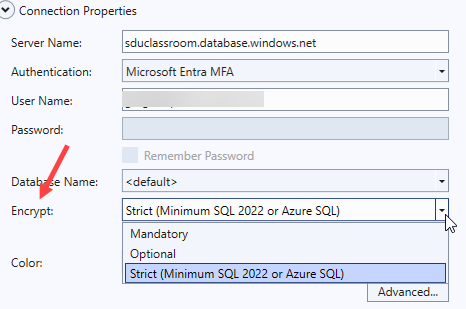
SQL Down Under show 93 with guest Simon Sabin discussing data-related development, AI tools, and the upcoming SQL Bits is now published!
It was great to catch up with Simon Sabin today and to have him on another SQL Down Under podcast.
Simon is the founder of Sabin.io where he revolutionizes the data practices of his clients.
Simon has a track record spanning diverse sectors like finance, retail, insurance, and motor sports and is recognized as a data expert. I’ve known Simon for a long time. He was a Data Platform MVP from 2005 to 2024, and a fellow member of the Microsoft Regional Director program.
2025-11-18





